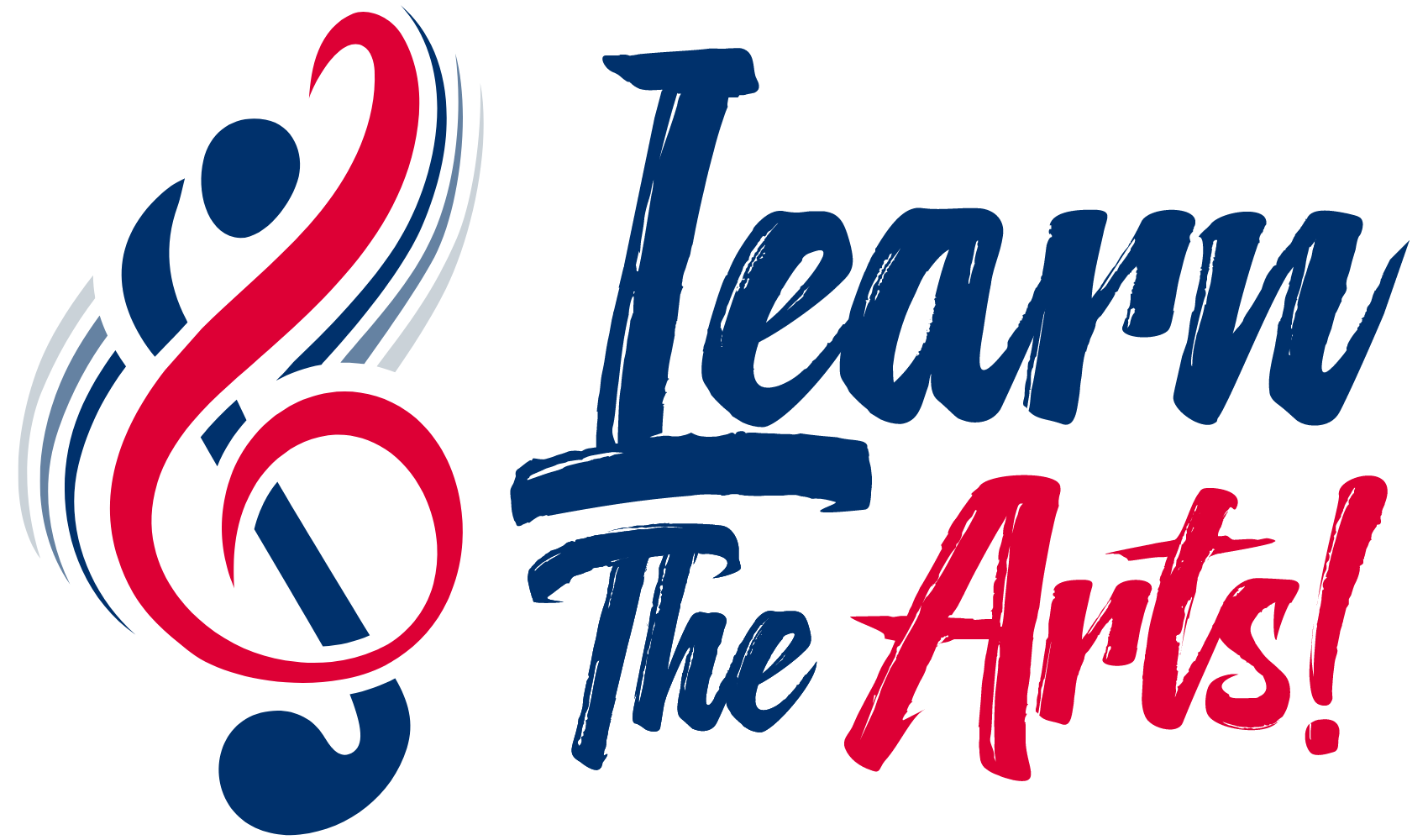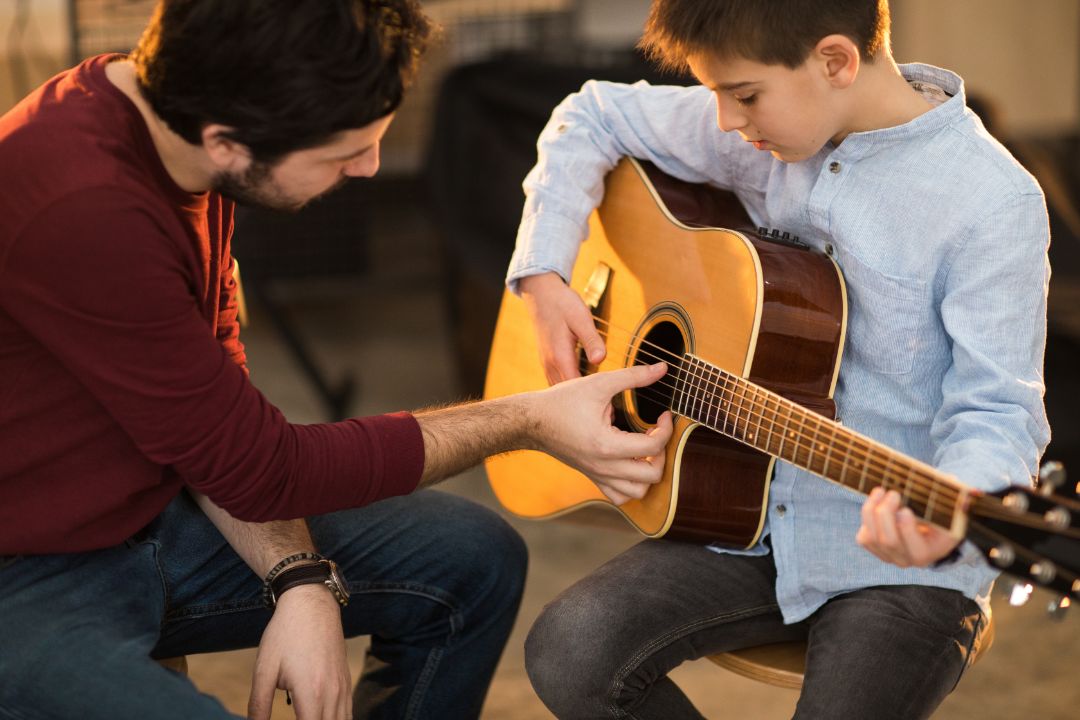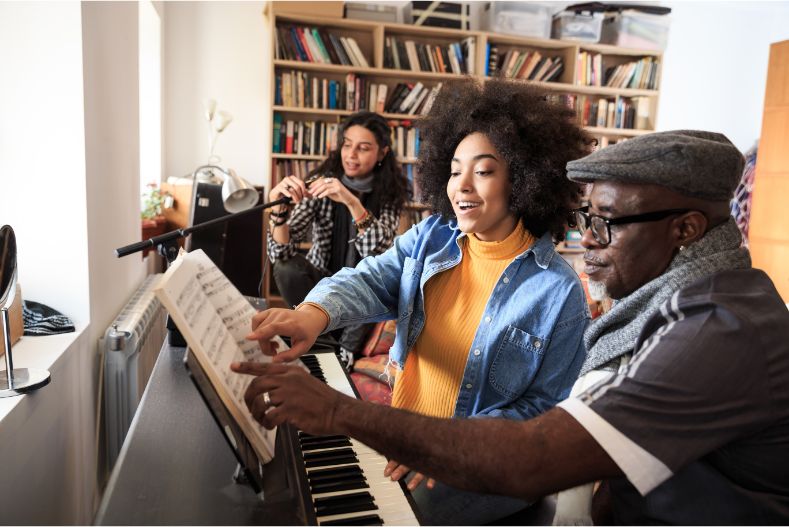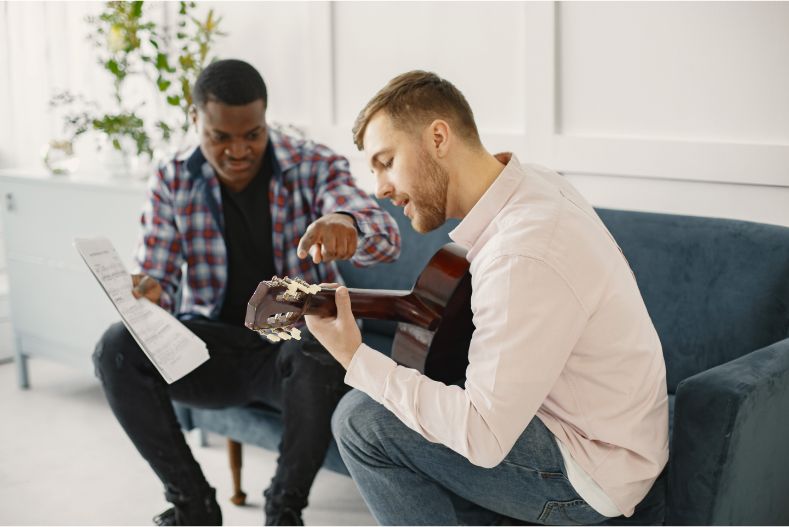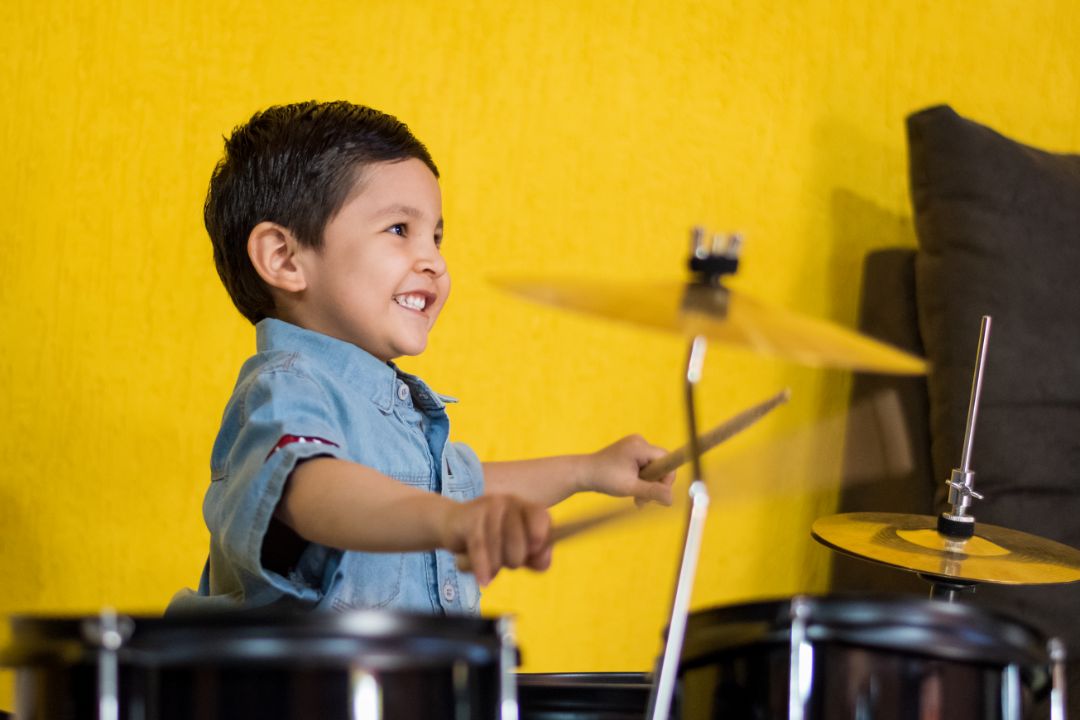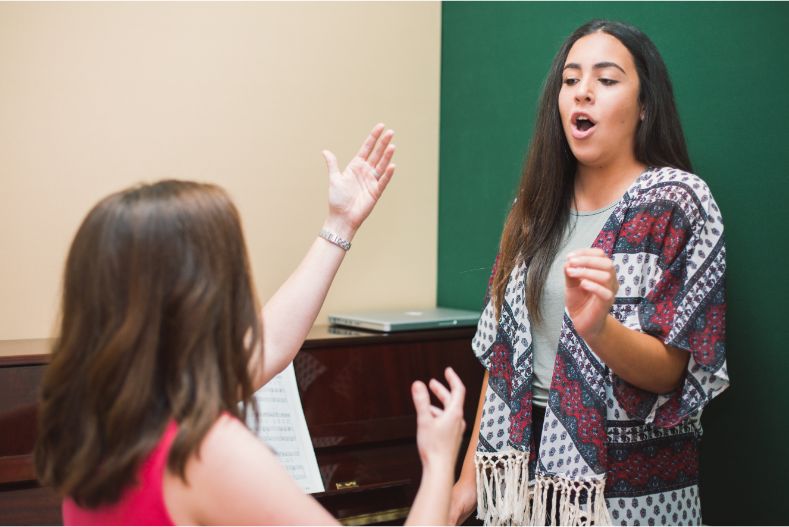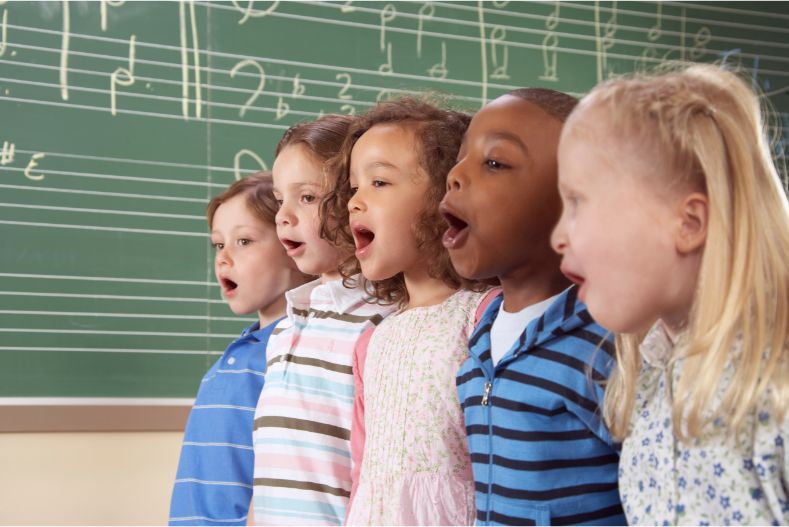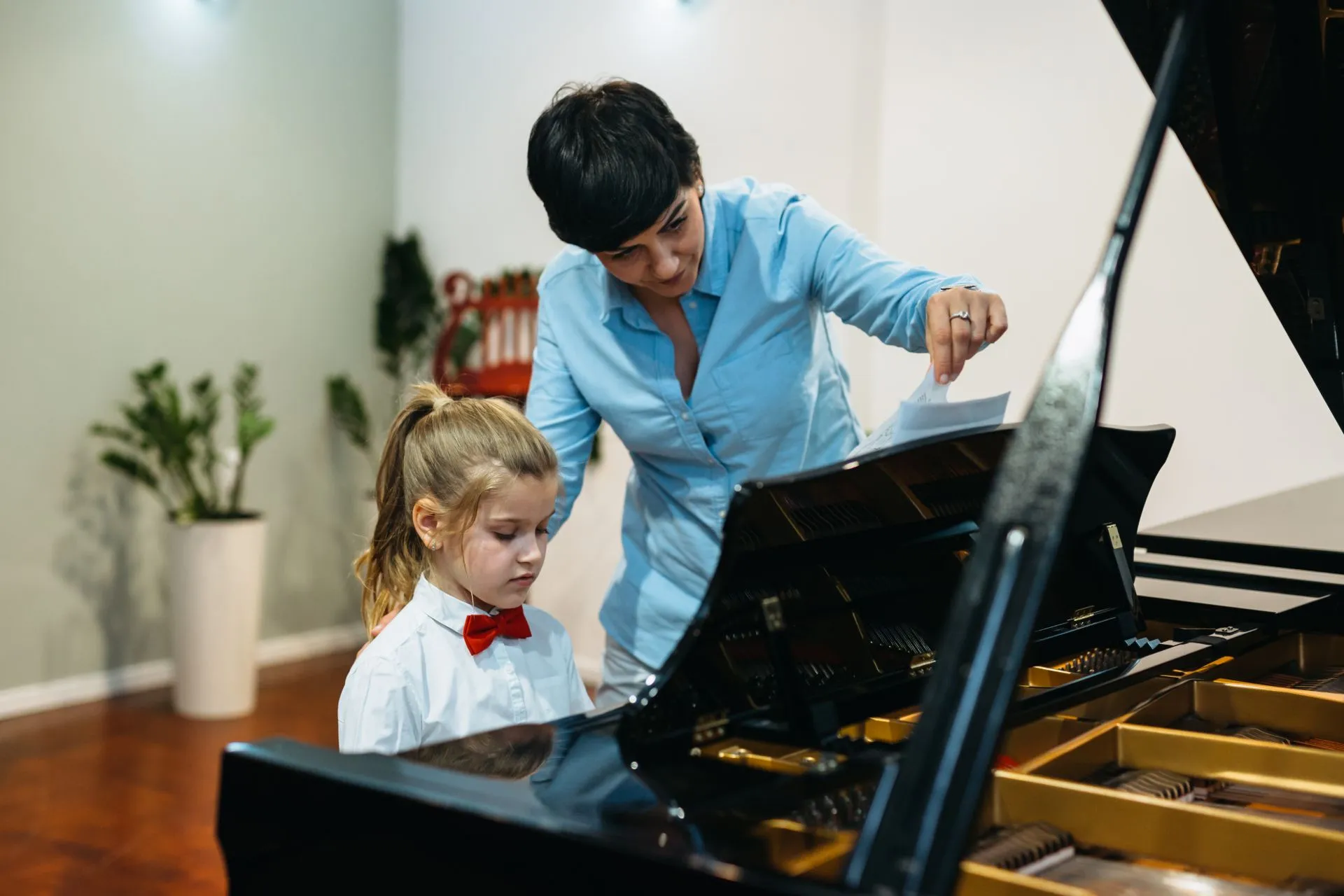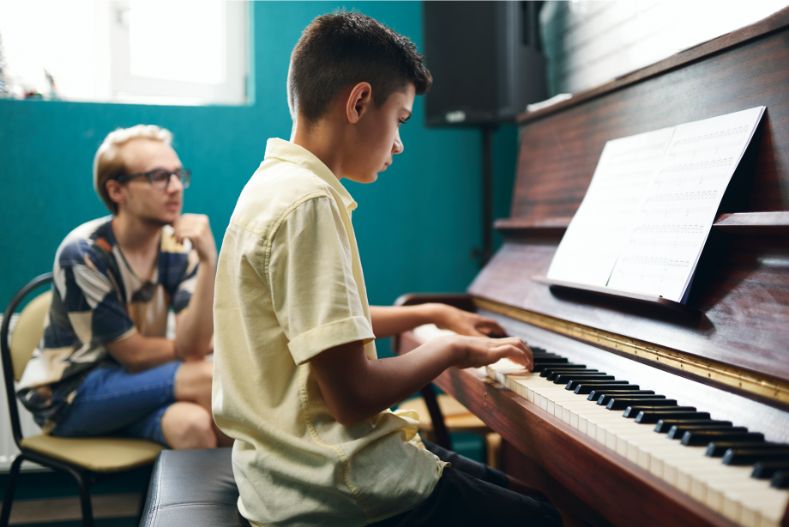Have you ever wondered how combining music and arts can lead to exciting and unexpected benefits? “Dance to the rhythm of life and paint your dreams with colors of imagination.” Engaging in activities like hip hop dance classes and music lessons not only entertain but also provide profound growth opportunities.
Music and arts have been an integral part of education for centuries, known for enhancing cognitive and creative skills. They hold the power to create a harmonious blend of learning, adding vibrant layers to traditional education. As dance schools introduce more creative programs, students discover a world where art meets melody.
In this article, we’ll explore 10 creative benefits of combining music and arts lessons. You’ll see how this combination can transform experiences, nurture talents, and enrich lives in unexpected ways. Let’s dive into the world where music and art join hands to elevate our potential!
Introduction
In today’s ever-evolving educational landscape, there’s a growing interest in holistic and interdisciplinary education. This approach recognizes that learning is not confined to isolated subjects but is enriched through a blend of various disciplines. Among such enriching combinations is the blending of music and arts lessons.
Combining these two vibrant fields can amplify creativity and foster personal growth like never before. By integrating music lessons, such as hip hop dance classes or instrumental music, with arts activities that involve colored pencils and creative arts therapies, learners can engage multiple senses, enhancing both cognitive development and motor skills. Music and art together can create a conducive learning environment that supports diverse learning styles, encouraging students to explore and express themselves freely.
For parents, educators, and learners eager to embark on this exciting journey, this guide presents a treasure trove of benefits to combining music and arts lessons. Let’s uncover how this beautiful amalgamation can not only sharpen problem-solving skills but also enrich daily life with a renewed appreciation for the arts. As the famous quote goes, “Art and music aren’t just subjects, they are the emotions and intellect combined.”
1. Boosts Brain Power Through Multisensory Engagement
Engaging both auditory and visual senses stimulates multiple areas of the brain, enhancing cognitive development. When students participate in hip hop dance classes or music lessons, they are not just learning a new skill but are also engaging their brains in a unique way. Studies have shown that this multisensory engagement leads to improved memory retention and cognitive skills.
For instance, combining the rhythm of instrumental music with the art of movement in dance schools allows for a richer learning experience. “Music is the shorthand of emotion,” said Leo Tolstoy, and when paired with visual arts, it creates a synergistic effect that taps into higher brain functions.
This stimulating environment fosters problem-solving skills and can even contribute to better motor skills. Being involved in arts activities can “introduce young minds to a world of creativity,” says a local music teacher. Overall, blending music activities with arts helps in creating a conducive learning environment that supports both academic and personal growth.
2. Enhances Creative Thinking and Problem-Solving
Switching between musical and visual modes in our daily routine encourages flexible thinking, enhancing creativity and problem-solving skills. By engaging in both arts and music lessons, children and adults alike learn to adapt their minds to different perspectives and approaches. For instance, while learning hip hop dance classes at dance schools, students not only move to pieces of music but also express emotions, encouraging innovative thinking.
Famous artists like Leonardo da Vinci, who combined disciplines, demonstrate how blending art forms can ignite extraordinary creativity. Da Vinci delved into painting, music, and anatomy, using his broad knowledge to create masterpieces that are celebrated globally. His work exemplifies how integrating arts can lead to exceptional problem-solving skills.
Music lessons also offer this dual engagement, requiring students to interpret a piece of music and express it uniquely, whether through classical music or any other genre. This experience hones cognitive skills, allowing learners to think outside the box and apply creative solutions in various life scenarios. As composer Leonard Bernstein once said, “To achieve great things, two things are needed: a plan and not quite enough time,” suggesting that blending arts requires creativity and quick thinking, fostering a beneficial growth mindset.
3. Improves Focus and Discipline
Engaging in both music and arts lessons can significantly bolster concentration and discipline. Structured practice in these fields often requires students to dedicate focused time, usually between 15 to 20 minutes, on a single task. This repetition fosters a conducive learning environment where students can enhance their concentration over time. A dance school, for instance, emphasizes the precision in hip hop dance classes which inherently sharpens students’ focus.
Regular participation in arts activities, such as drawing with colored pencils or learning a piece of music, further hones these skills. Music lessons, especially with a music teacher’s guidance, require learners to focus on details and nuances, enriching their learning experience. “Artistic and musical pursuits teach us patience and perseverance,” as the saying goes.
Such disciplines also instill goal-setting and delayed gratification skills. Whether it’s mastering a difficult dance move or perfecting a classical music composition, students learn the value of setting goals and working steadily towards achieving them. “Good things come to those who wait and work,” is a belief that resonates well here, reflecting the beauty of patience cultivated through the arts.
4. Strengthens Emotional Expression and Emotional Intelligence
By combining music and arts lessons, students discover powerful ways to process and express emotions through both sound and imagery. When engaged with music lessons or creative arts, learners not only gain an appreciation for music but also a deeper understanding of their own emotions. The melody and rhythm in a piece of music can stir feelings, while creative activities like drawing with colored pencils can provide an outlet for expressing those emotions.
Participating in arts activities and music classes enhances emotional intelligence. It teaches students to identify their feelings and articulate them, building empathy and understanding in the process. According to a music teacher, “Music is the shorthand of emotion.” This sentiment is echoed in a quote: “Art washes away from the soul the dust of everyday life.”
Moreover, these courses support mental health and improve social skills, offering a conducive learning environment where students can interact and share their experiences through creative it outlets. Such engagement boosts cognitive development and motor skills—a perfect blend for nurturing emotional expression. Indeed, as another quote states, “Dance is the hidden language of the soul,” particularly in hip hop dance classes found in many dance schools.
5. Deepens Cultural Appreciation
Combining music and arts lessons is a wonderful way to expose students to a variety of cultural traditions and histories. With each stroke of colored pencils or beat of a piece of music, students delve deeper into the rich tapestry of world cultures, gaining a greater appreciation for the diversity that surrounds them.
Music classes introduce students to different genres, from classical music to hip hop dance classes, encouraging them to explore sounds they may have never encountered before. Similarly, art activities like painting or sculpting inspired by world music enable students to express what they learn in a creative outlet.
“Art is not what you see, but what you make others see,” said French artist Edgar Degas. By creating art inspired by international music, students bring global cultures to life, seeing them from a unique perspective.
Here are a few project ideas to deepen this appreciation:
- Painting a scene inspired by African drum beats.
- Creating a dance to accompany traditional Indian music.
- Designing masks influenced by Native American music.
Through these arts and music activities, students develop a rich, nuanced understanding of the world’s myriad cultures, nurturing a lifelong appreciation for the arts.
6. Builds Confidence Through Diverse Performance Opportunities
Public recitals and art exhibitions offer a golden opportunity to boost self-esteem. When students showcase their talents in front of an audience, whether on stage in hip hop dance classes or in dance schools, they develop a sense of achievement. This not only instills pride but also enhances their confidence. As one music teacher notes, “Seeing my students perform fills them with unparalleled joy and belief in their abilities.”
Cross-disciplinary showcases, such as live painting during concerts, present another exciting avenue for building confidence. This fusion of music and arts offers students a chance to experiment and broaden their creative outlet. It’s a unique learning experience that encourages the appreciation for music and arts appreciation alike.
As they participate in these diverse arts activities, students strengthen their social skills and memory retention. With every performance, they learn to balance the nervousness of public speaking and the thrill of creative expression. In this conducive learning environment, each shared piece of music or artwork becomes a stepping stone towards personal growth.
“Art and music have the power to transform,” says a seasoned music teacher. By offering varied performance opportunities, they not only cultivate talent but also nurture self-confidence in daily life.
7. Fosters Collaboration and Teamwork
Combining music and arts lessons naturally fosters collaboration and teamwork among learners. When students work on group projects, like designing the stage for school musicals or creating a soundtrack for a dance performance, they learn to communicate effectively and respect each other’s ideas. As one student shared, “Working together on our school musical taught us more about cooperation than any solo project could.”
These projects encourage students from different backgrounds to bring their unique strengths to the table. Whether it’s painting backdrops with colored pencils or composing pieces of music, each student contributes to the project’s success.
Participating in such activities helps develop vital social skills and problem-solving skills, which are essential for daily life. “It’s in these creative activities that we learn the true value of teamwork,” remarks another student.
In dance schools or hip hop dance classes, learners quickly realise the importance of synchronisation and collaboration. “Our music class felt like a team sport,” recalls one young dancer, highlighting the importance of teamwork in a conducive learning environment. Therefore, blending music and art helps students appreciate the myriad benefits of working together harmoniously.
8. Encourages Innovation and New Forms of Expression
Combining music and arts lessons opens the door to modern examples of mixed media that are taking the world by storm. Think of music videos that seamlessly weave storytelling and sound or sound art installations that captivate audiences with their sensory experiences. These forms are great treasures for sparking the imagination.
“Music and art breathe life into each other,” says world-renowned artist Vasina Devan, highlighting the synergy in these creative mediums. By integrating these lessons, students gain a platform to innovate and push boundaries.
Consider inspiring students with exciting project ideas like creating a digital art piece set to a specific piece of music, or designing a hip hop dance routine inspired by classical music themes. These projects encourage them to think outside the box and express themselves uniquely.
Such initiatives not only bolster innovation but also nurture problem-solving skills and cognitive development. As the music teacher Sarita Kaur often shares, “Art and music, when combined, pave the path to endless creative possibilities.” Encourage your young talents to explore these new forms of expression and watch them craft masterpieces that reflect their individuality.
9. Supports Fine Motor and Coordination Skills
Playing instruments and creating art are fantastic ways to develop hand-eye coordination. When children learn to play a piece of music on a piano or guitar, they need to carefully navigate their fingers while reading music notes. This delicate balance enhances fine motor skills.
Similarly, art activities like drawing with colored pencils or painting require precise hand movements and control. As the brush glides across the canvas, children refine their hand-eye coordination, creating a dynamic learning experience that fuels their creative outlet.
For young learners, especially those with developmental needs, these activities prove invaluable. They offer engaging, non-verbal ways for children to express themselves, supporting both cognitive skills and social skills.
“Music and art light the same spark of creativity in us,” one music teacher lovingly shares.
“Both playing and drawing become more than just a hobby; they are a way of understanding the world around us,” notes a dance school instructor.
Instruments and canvases become tools not just for creativity, but for growth, enhancing daily life by honing coordination skills fundamental to development.
10. Creates Lifelong Joy and Stress Relief
Engaging in music and arts lessons can bring immense joy and serve as a natural stress reliever throughout your life. Imagine the soothing effect of playing a gentle piece of music on the piano or expressing your emotions on a canvas with vibrant colored pencils. These activities provide a creative outlet that nurtures both your mind and spirit.
Mindfulness becomes a natural byproduct when engaging in music and arts. As you lose yourself in the process, you experience relaxation and a sense of presence. “Music and art bring me peace like nothing else,” says an avid art enthusiast. This mindfulness can transform your daily routine into a more fulfilling and balanced experience.
Participating in hip hop dance classes or exploring classical music helps improve motor skills, thereby aiding physical health issues. Dance schools often emphasize that “movement becomes a form of meditation.”
Moreover, music lessons and arts activities foster an appreciation for music and arts appreciation, allowing you to enjoy a variety of creative activities. “Arts and music have been my companions in joy and solace,” shares a music teacher. Maintaining these hobbies ensures that joy and relaxation remain integral parts of your daily life.
Conclusion
In the vibrant world of learning, combining music and arts lessons opens up endless possibilities for creativity and growth. At Learn the Art in Nevada, we believe in the magic that ensues when these two worlds collide. Whether it’s through hip hop dance classes or music lessons, this fusion brings a vibrant energy to students’ lives.
From enhancing cognitive development to boosting problem-solving skills, the benefits are vast. “Music is the shorthand of emotion,” said Leo Tolstoy, and this rings true as students learn to express themselves creatively. “Art enables us to find ourselves and lose ourselves at the same time,” reminds us Thomas Merton, highlighting how art activities can be both introspective and liberating.
With a touch of background music or the swirl of colored pencils, the integrated lessons foster a conducive learning environment. They provide a daily routine filled with joy and inspiration, aiding memory retention and motor skills development.
Ready to explore this dynamic duo further? Check out our integrated lesson plans and creative challenges. Join us and let the fun begin!
